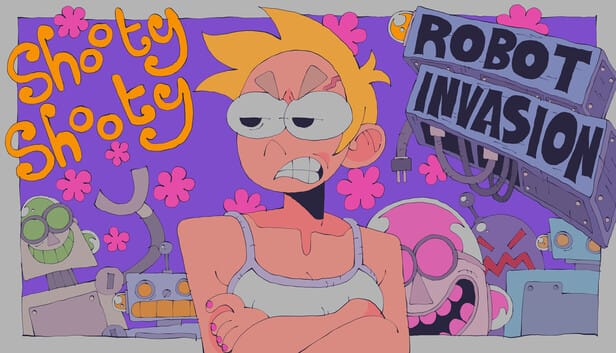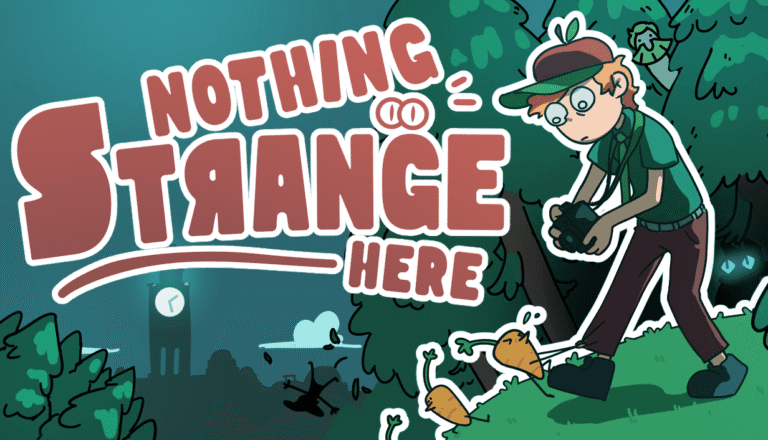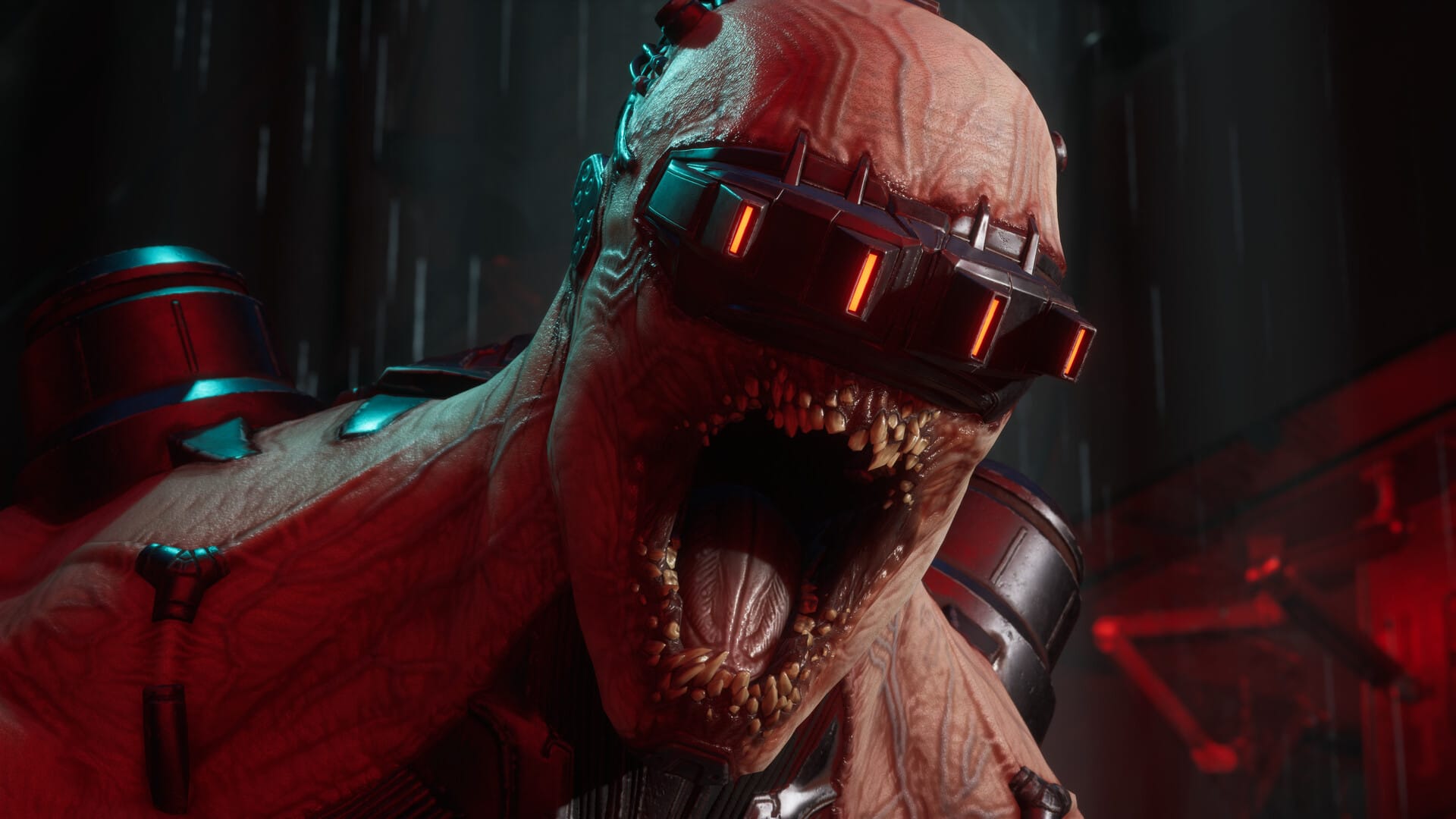
Picture this: you’re cornered in a blood-soaked warehouse, your shotgun’s clicking empty, and a Scrake with fresh cybernetic implants is revving his chainsaw like he’s auditioning for a particularly violent chainsaw massacre sequel. Welcome back to the Killing Floor, folks – where survival means embracing your inner action hero and your outer gore enthusiast. After diving headfirst into Tripwire Interactive’s latest Zed-slaying symphony, Killing Floor 3 feels like that friend who shows up to the party with the same jokes but better delivery – familiar, reliable, and guaranteed to leave you covered in fake blood.
What Fresh Hell Is This? The Zed-Pocalypse Continues
Killing Floor 3 is essentially “Left 4 Dead 2 had a baby with Deep Rock Galactic and raised it on a steady diet of British humour and industrial metal”. You and up to six teammates face off against waves of increasingly aggressive bioengineered nightmares called Zeds – think zombies, but if zombies went to engineering school and majored in creative ways to ruin your day.
The formula remains beautifully simple: survive five rounds of escalating chaos, shop for bigger guns between waves, and pray your teammates understand the concept of “teamwork”. It’s a PVE horde shooter that knows exactly what it wants to be – a stress-relief simulator where the only acceptable therapy involves high-Caliber ammunition and creative dismemberment.
Plot Twist: Who Needs Shakespeare When You Have Chainsaws?
Let’s cut to the chase – if you’re playing Killing Floor for its riveting narrative, you’re barking up the wrong gore-splattered tree. The “story” here is essentially: “Zeds bad, guns good, survive or die horribly.” And you know what? That’s perfectly fine.
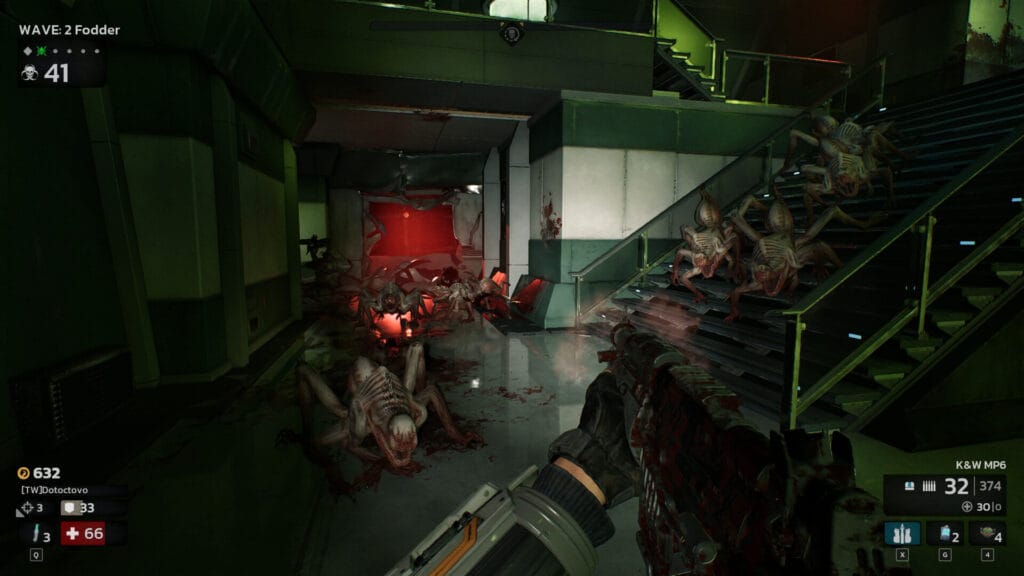
The world-building happens through environmental storytelling – blood-stained walls tell tales of previous survivors’ final moments, while scattered audio logs hint at humanity’s desperate last stand. It’s minimalist storytelling at its finest, like a haiku written in bullet casings and Zed entrails. Sometimes the best stories are the ones you create yourself when you and your squad pull off an impossible clutch victory against overwhelming odds.
Lock, Load, and Vault Over Everything: Gameplay That Actually Works
Here’s where KF3 stops playing it safe and starts earning its keep. The movement system has been completely overhauled, trading the clunky jumping mechanics of previous games for fluid vaulting, dodging, and powersliding. No more getting stuck on knee-high obstacles while a Fleshpound turns you into human hamburger – now you can dash side-to-side, mantle surfaces, and powerslide from sprint to crouch.
Guns That Actually Feel Like Guns
The gunplay is absolutely stellar – each weapon has genuine weight and realistic feedback. When you fire a shotgun, it doesn’t just make noise; it kicks back, sways, and responds as realistically as possible. The developers have crafted what might be some of the best-feeling guns in any video game, where every bullet feels impactful and every reload carries consequence.
Gore Tech 2.0: Now With Extra Viscera
Forget everything you thought you knew about video game violence. KF3’s new gore system lets you eviscerate still-living zombies in real-time. Blast a Zed’s legs off below the knees and watch it continue crawling forward, arterial sprays painting the ground red. A well-placed headshot creates twisted blooming flowers of flesh and jawbone – it’s simultaneously disgusting and oddly beautiful.
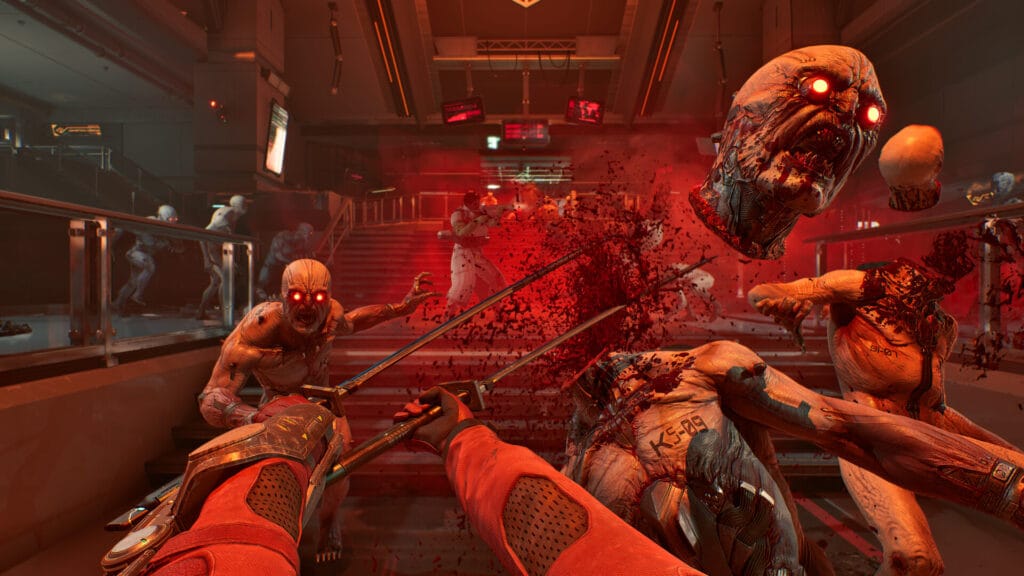
The advanced viscera system extends to all damage types – fire weapons char flesh black, acid melts skin, and cold weapons create entirely different visual effects. This isn’t just cosmetic eye candy; it actually impacts moment-to-moment gameplay by helping you track which enemies need more attention.
Zeds Get Smarter (Unfortunately for You)
The 13 monster types are more believable and fun to fight, with improved AI that makes each encounter feel genuinely threatening. Scrakes now sport cybernetic augmentations, while acid-spewing Bloats and sonic-boom-launching Sirens show up way more often. These aren’t your grandfather’s shambling zombies – they’re tactical nightmares with a PhD in player elimination.
Gadgets, Gizmos, and Strategic Chaos
The introduction of shock traps and the multitool adds serious strategic depth. Gone are the tedious welding mechanics of KF2, replaced by auto-locking doors that let you close barriers quickly and strategize against bosses. The multitool is particularly brilliant – it can unlock armor boxes, repair broken ziplines, and activate turrets, turning environmental awareness into a survival necessity.
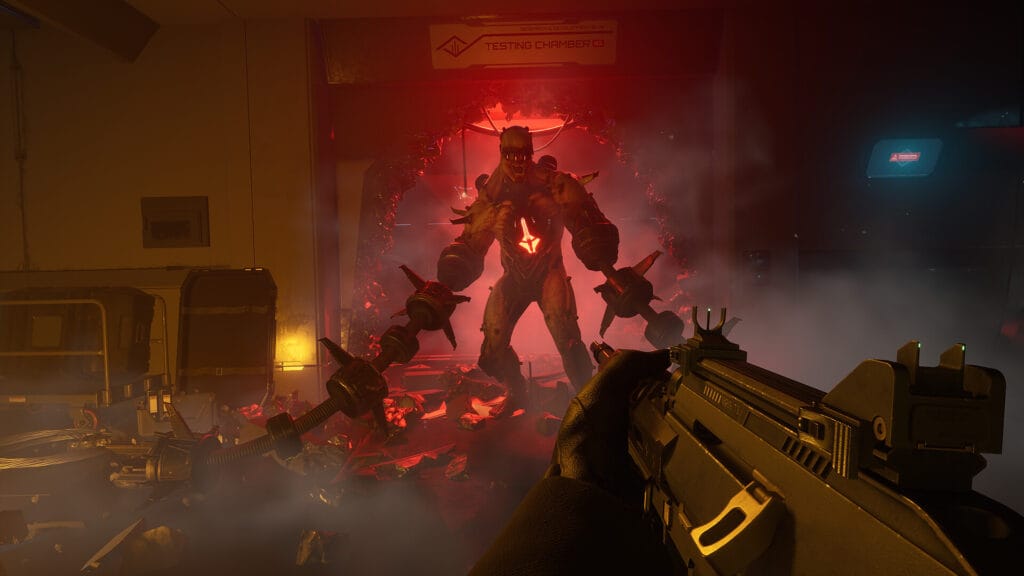
Class interplay has been refined too. Watch a Sharpshooter turn enemies into ice sculptures with cryogenic grenades, setting up the Ninja to shatter them with sword strikes. It’s tactical teamwork that actually feels rewarding rather than forced.
The Beautiful and the Damned: What Works and What Doesn’t
The Glory:
- Exceptional gunplay that makes every weapon feel deadly
- Fluid movement system with vaulting and dodging
- Satisfying gore system that’s both visceral and tactical
- Enhanced weapon customization options
- Six-player co-op that scales beautifully
The Gory Mess:
- Characters locked to specific perks – can’t play your favorite character with your preferred class
- Inconsistent enemy spawns make some classes feel underpowered on higher difficulties
- Limited thematic variety in maps despite having plenty of them
- Zed Time activation feels random and wasteful
Who Should Dive Into This Bloodbath?
Killing Floor 3 is tailor-made for co-op enthusiasts who believe the best therapy involves synchronized Zed elimination with friends. If you’ve spent countless hours in Left 4 Dead 2, Deep Rock Galactic, or Call of Duty’s zombie modes, this will feel like coming home – assuming home is a gore-soaked warehouse filled with bioengineered nightmares.
FPS purists will appreciate the refined gunplay and tactical depth, while horror fans will find plenty of genuine scares between the laughs. The game works solo but truly shines with a full six-person squad coordinating their chaos.
However, if you’re seeking narrative innovation, extensive single-player content, or groundbreaking gameplay mechanics, you might want to look elsewhere. This is comfort food for the horde shooter crowd – familiar flavors executed with exceptional skill.
Final Judgment: Death by a Thousand Improvements
Killing Floor 3 is that rare sequel that understands its assignment perfectly. It takes everything that worked in previous entries, polishes it to a mirror shine, and adds just enough new variables to feel fresh. The visceral gunplay and enhanced gore system create genuinely satisfying combat, while the improved movement and tactical options add welcome depth without overwhelming complexity.
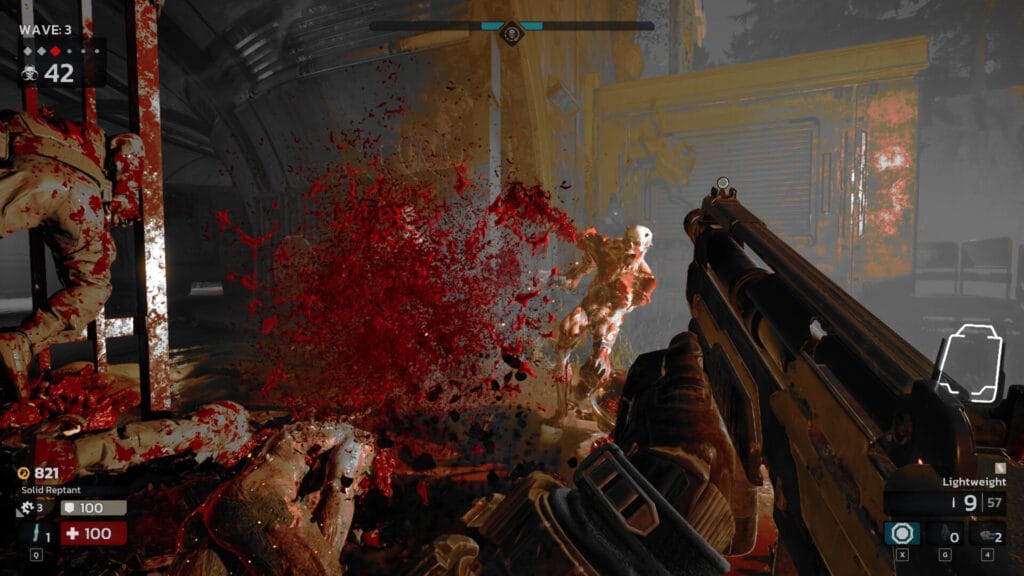
Yet there’s an underlying sense that we’re witnessing evolution, not revolution. The core experience remains reassuringly familiar – perhaps too familiar for those seeking bold innovation. It’s a very good game that uses technological novelties to enhance recognizable gameplay, but it rarely feels essential or groundbreaking.
Killing Floor 3 succeeds by being exactly what longtime fans want – a bloodier, more refined version of the same core experience they’ve loved for years. It’s comfort food elevated to gourmet status, delivering visceral thrills and tactical teamwork in equal measure.
Score: 3.8/5
A bloody brilliant refinement that prioritizes polish over innovation, delivering exactly the Zed-slaying experience fans crave while leaving room for future evolution.
Now if you’ll excuse me, I have some Scrakes to introduce to my new favorite shotgun.
This review of Killing Floor 3 is based on the PC version, with a code provided by the game’s publisher.

